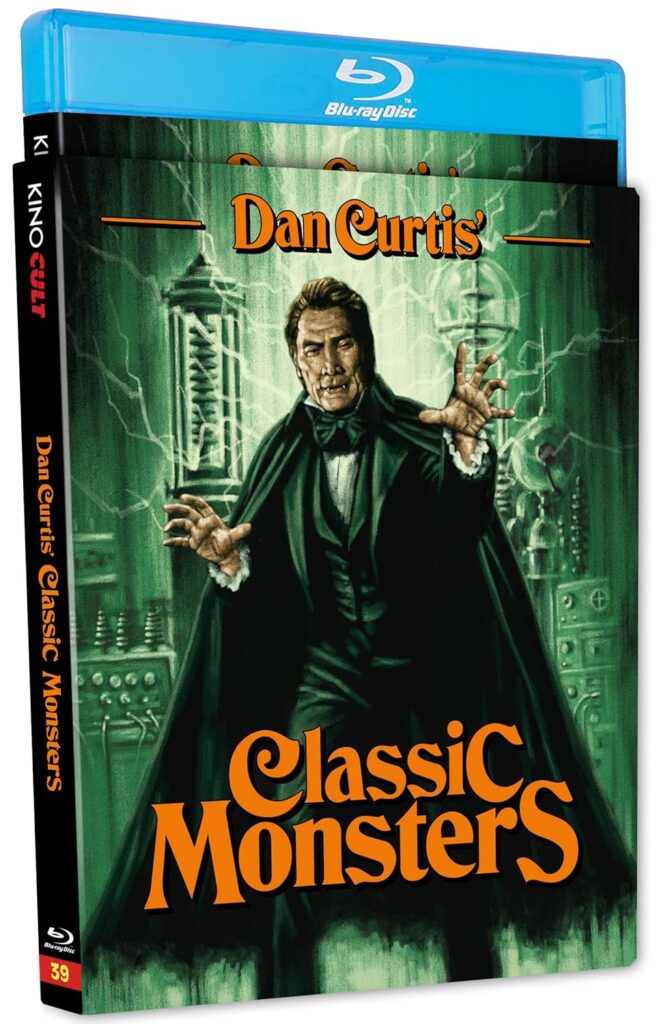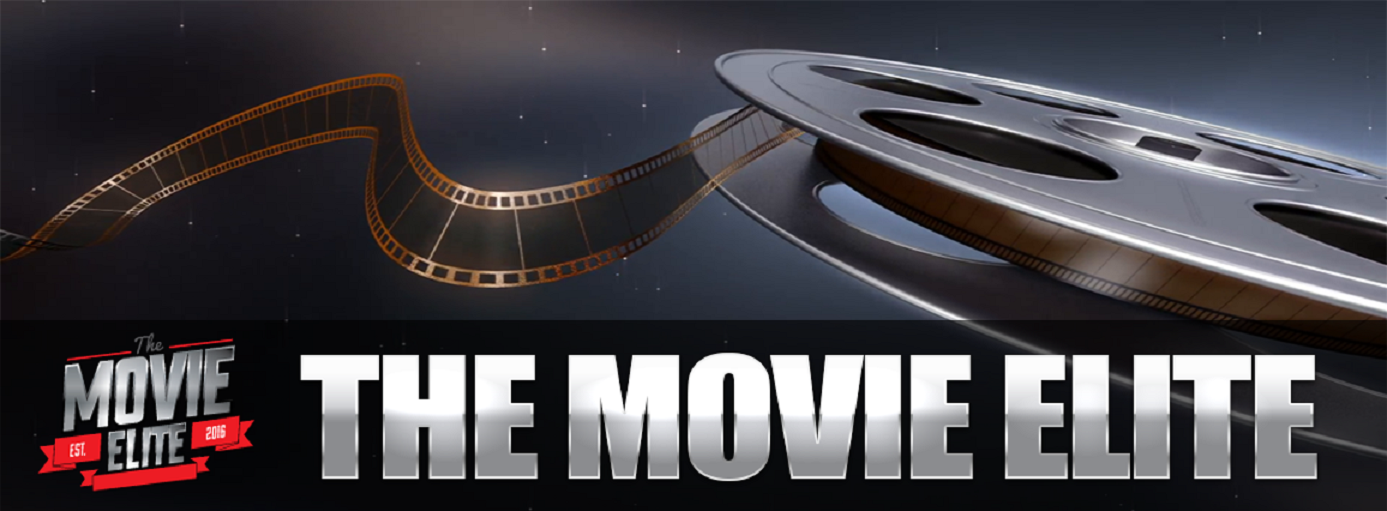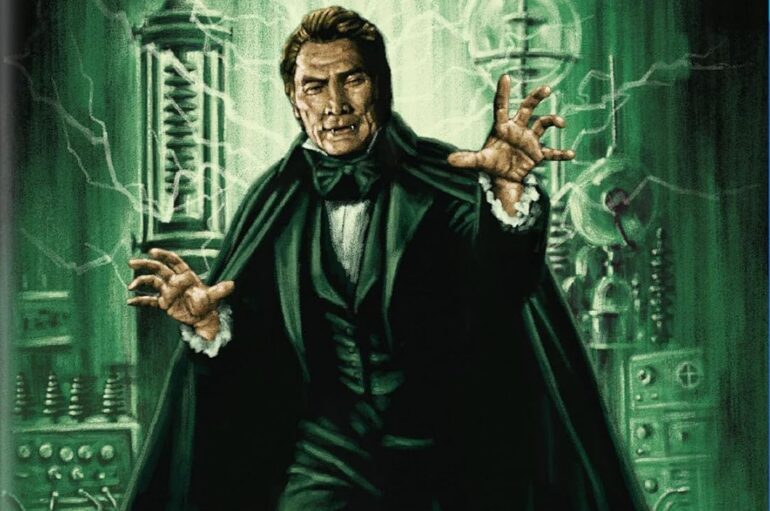Verdict
Summary
A solid set of monster movies, with Dracula and The Strange Case of Dr. Jekyll and Mr. Hyde being the highlights.
The Strange Case of Dr. Jekyll and Mr. Hyde (1968) Plot:
A potion turns a scientist into a lethal lothario.
Review:
Dr. Henry Jekyll (Jack Palance) is a scientist with good societal standing, and he sets out to prove to the world of science that a potion he concocts could potentially be a breakthrough for the human psyche … separating good and evil in a clear manifestation that could be controlled. When he uses himself as a test subject, his theory has a startling effect: He transforms into another man altogether, someone named Edward Hyde, who immediately has inclinations to carouse and indulge his baser instincts. He kills someone who tries to rob him, but it doesn’t faze him in the slightest; in fact, he enjoys the sensation of killing and when the potion wears off, as Jeckyll, he wants to feel that adrenaline rush again and again, and so he continues taking the potion to the point that it doesn’t wear off so easily and he requires another potion altogether to come down from the high of being Hyde. He takes a steady lover, a woman (played by Billie Whitelaw) who works at the local den of iniquity, and when he eventually kills her in a fit of passion, he becomes a hunted man, whose secret is really only known by a few people, including his solicitor (played by Denholm Elliot) who might be the last person alive who can actually confront Hyde and walk away to tell about it.
Directed by Charles Jarrott and produced by Dan Curtis (Dark Shadows, Dead of Night), The Strange Case of Dr. Jeckyll and Mr. Hyde is a meat and potatoes adaptation offering of the Robert Louis Stevenson novel, and it’s a sturdy piece of work with Palace doing a great job in a dual role, with his menacing and sinister looking and behaving Hyde one for the ages and should go down as perhaps the most definitive version of the character ever on screen. At a full two hours and with very solid production values, this one ranks up there with the best “classic” horror ever produced.
Frankenstein (1973) Plot:
An ambitious doctor struggles with the fact that his creation of a man has thoughts, feelings … and an instinct to kill.
Review:
Victor Frankenstein (Robert Foxworth) insists to the medical field and to his colleagues that it is possible to create life from dead tissue and deceased organs, and he goes on to prove it in his laboratory when the dead man he has assembled from corpses comes to life after his miraculous experiment proves to be successful. The creation (billed as “The Giant,” played by Bo Svenson) wakes up, much to Victor’s shock and awe, but he soon discards the creature out of rage and frustration with it. The Giant – who is disfigured and ugly – quickly adapts to being alive and learns from strangers and tries to be helpful where and when he can (sometimes befriending innocents and children), but he doesn’t know his own strength and kills people without even trying. Aggravated with his loneliness and disfigurement (and not knowing his purpose in life), he seeks Victor, his creator, whom he demands create a mate for him, but The Giant’s fate is uncertain when Victor refuses to perform another miracle for him.
A fairly standard adaptation of Mary Shelly’s classic novel, this TV Frankenstein is about as basic and rushed as they come, and while the acting is earnest and the direction by Glenn Jordan is as good as to be expected, the set-bound events don’t really hold much conviction and can’t hold a candle to much better versions that have come before and after. Shot on tight soundstages and in color, although on videotape and not film, this one is a nominal effort, but has its fans.
Dracula (1973) Plot:
The original vampire seeks to relocate to England in order to claim a woman he believes is his reincarnated bride.
Review:
Summoned to Eastern Europe to Castle Dracula, a real estate broker named Jonathan Harker (Murray Brown) has no idea the hell he’s about to go through when his host, Dracula (Jack Palance, very intimidating in a role he was born to play) turns out to be Vlad Tepes, the crusader his people renamed Dracula (“Devil”) for his fierce rage and fury in battle. Now immortal, Dracula drinks blood to remain alive, aging very, very slowly in time, but his one lament is his lack of love, for centuries have passed since his wife and true love died. When Harker shows up to solicit some property in England, Dracula knows immediately that it is fate: Harker’s future in-law Lucy (Fiona Lewis) is the spitting image of Dracula’s former flame, and so he promptly arranges a purchase of an estate in England to be close to Lucy, while also imprisoning Harker in his castle so that he can do as he wishes unimpeded in England. But first, Dracula must book a voyage on the Demeter, where he and a ton of his home soil (literally) can be shipped over to England. When Dracula arrives, he promptly sinks his teeth into Lucy’s neck and makes her his slave, but enter a Nosferatu expert named Van Helsing (Nigel Davenport) who knows a thing or two about the undead and how to be rid of them. Dracula, while immeasurably powerful, has finally met his match in the vampire hunter.
Filmed in Eastern Europe, Dan Curtis’ Dracula was released both theatrically and on television in different territories, and it’s no wonder why: It’s very well produced, bloody, and quite visually rich, with a brawny Palance commanding the screen. He might be the first Dracula on screen to throw guys around like they’re toys, tossing them out of windows, flinging them down stairs, and not being bothered at all by being shot or attacked … until the inevitable crucifixes and daylight finally begin to wear him down. The film is too well lit for my tastes (it feels like it was shot on a lot of stages), but otherwise, it’s a pretty solid Dracula film.
Kino Lorber’s new two-disc set of Dan Curtis’ Classic Monsters presents the three films in the highest possible quality (Dracula was shot on film and looks and sounds the best, while the other two were shot on videotape), and they’ve included a ton of bonus content, including archival interviews, commentaries for all three films, and new video introductions for all three films, plus a slipcover and new artwork by The Dude Designs. This is part of the “Kino Cult” line (#39 on the spine).



